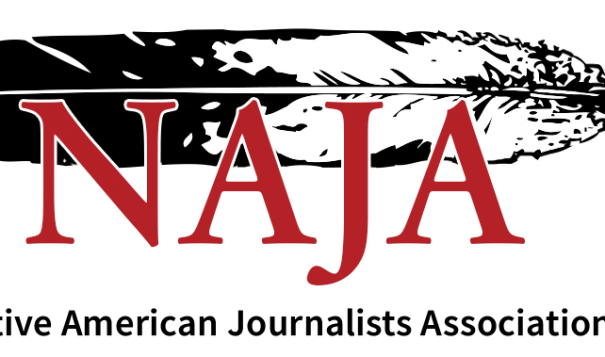*FOR IMMEDIATE RELEASE*
Norman, Okla. – On April 9, the Native American Journalists Association launched the Red Press Initiative survey designed to assess the perception of press freedom in Indian Country by gathering responses from the directors, producers and consumers of tribal media.
The survey is part of the Red Press Initiative, a groundbreaking program intended to research and report on the successes, and shortcomings, of tribal media operations. A vibrant Indigenous media is essential to an informed and engaged tribal citizenry, but the health and needs of these important news organizations is inconsistent and unclear.
Begin the survey here
The Red Press Initiative will seek to better understand the current tribal media landscape, study success stories and best practices, and develop educational materials and trainings to support tribal media operations as needed.
NAJA believes that accurate and contextual reporting about Indigenous people and communities is necessary to overcome the biases and stereotypes commonly portrayed in popular media. Robust and diligent tribal media operations are the heart of efforts to curb these practices, and healthy tribal media operations should lead the way on best practices for reporting in Indian Country.
This groundbreaking initiative has been generously funded by the Ford Foundation, and has been joined by other press advocates including the Committee to Protect Journalists, Reporters Without Borders, the Democracy Fund, the Indigenous Media Freedom Alliance, and the Reporters Committee for Freedom of the Press.
NAJA announced the project at the 2018 National Native Media Conference where a preliminary survey was conducted among NAJA members to gather data on some of the critical questions that the project will study. This preliminary survey revealed:
- 23 percent responded that lack of financial resources was the greatest threat to tribal media, followed by 13 percent – lack of job security, and 13 percent – lack of editorial control.
- 66 percent responded that the economic environment frequently or always impacts tribal media’s ability to be independent.
- 76 percent responded that tribal media content is sometimes, frequently or always determined of government officials or other political interests.
- 83 percent responded that stories about tribal government affairs sometimes, frequently or always go unreported due to censorship.
PLEASE SHARE THIS SURVEY! Sample social media posts to share the survey:
1: Commit to #Indigenous press freedom. Join the @najournalists Red Press Initiative today! http://tinyurl.com/yxe7s9da #RedPressInitiative #NAJAeverywhere
2: More than 80% of #Indigenous reporters say that stories about tribal government affairs go unreported due to censorship. Support press freedom in Indian Country by participating in the NAJA Red Press Initiative. http://tinyurl.com/yxe7s9da #NAJAeverywhere #NAJARedPress
Respondents who complete the survey can be entered into a drawing for prizes when the survey closes. Survey respondents who enter the drawing will have a chance to win an NTVS Resistance Bomber Jacket or a pair of Beats Solo3 wireless on-ear headphones. Additional prizes may be added to increase the number of winners.

Thank you for participating in this groundbreaking effort to better understand the press freedom of tribal media. Questions should be directed to NAJA at contact@naja.com.


